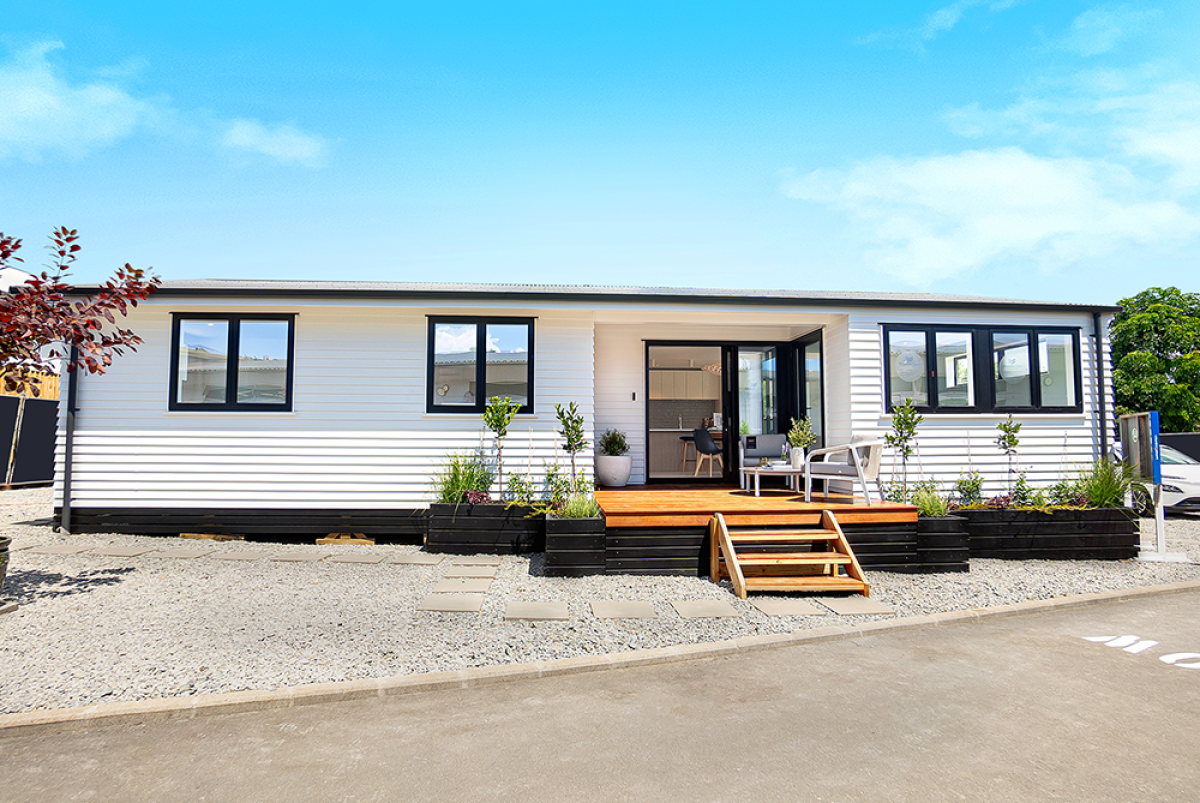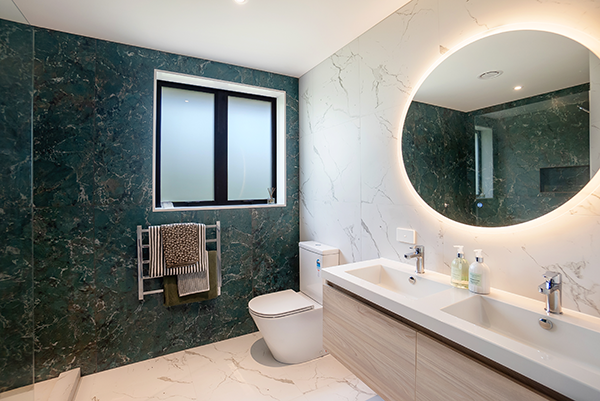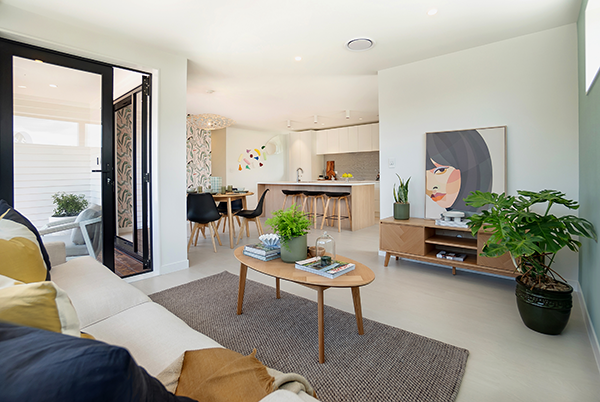Turning a 1970s Shell into a High-Performance Home.

In 2024, the One Tree Hill College Trade Academy set out to transform a tired 1970s ex-Kāinga Ora state house into a warm, dry, and energy-efficient Homestar v5 Level 7 property. The project doubled as hands-on training for students, and an opportunity for us to demonstrate best-practice ventilation design.
Effective ventilation is a critical part of every high-performance home. The One Tree Hill College project needed a system to:
- Combat moisture
- improve indoor air quality
- mitigate summer overheating
All within the constraints of an existing transportable building – exactly the kind of challenge our free ventilation design service is built for.

the SmartVent Balance is designed to extract air from wet rooms, as well as supply fresh air throughout the home.
Understanding the projects constraints.
Because the project was a transportable home, we needed to take a worst-case scenario approach when considering overheating. As the homes’ ultimate orientation would only be determined once its final location was confirmed; this meant assuming the orientation could let large quantities of sunlight (and solar heat gain) into the home at un-wanted times. The client wanted an efficient and affordable way to mitigate the overheating risk. The use of a fresh air ventilation system, to harness the available cooling from outside air, became a critical part of the overall solution.
Airtightness was another factor to consider. While it is possible to target a desirable level, the outcome would come down to the quality of the renovation. Unbalanced ventilation systems perform by creating a pressure difference in the home, the more airtight the shell the more resistance the home has to this pressure difference. The original shell leaked air at 19 air changes per hour when pressurised to 50Pa (ACH50), this was brought down to a mere 0.81 ACH50. This is great for thermal efficiency and speaks to the quality of the renovation, but it relies on a purposeful ventilation strategy with planned air pathways to succeed. To maintain comfort a balanced heat recovery ventilation system was chosen to efficiently keep the home healthy.
Fixed design elements such as window size and insulation depth limited our options for mitigating overheating. Continuous extraction was also considered but ruled out, as uncontrolled make-up (supply) airflow would compromise the home’s ability to meet the home’s heating performance and comfort targets.
Engineering the Right Solution.
Working with the project’s Homestar assessor, we concluded that a SmartVent Balance heat recovery system was the best fit. Recovering up to 90% of heat from outgoing air, it maintains comfort and efficiency while its summer bypass helps prevent overheating. It’s compact core and ability to extract from wet rooms suited the home’s space constraints.
To enhance comfort and efficiency further, the system was integrated with a ducted heat pump - reducing summer cooling loads and lowering winter heating demand while managing moisture at the source and keeping fresh air flowing year-round.

The SmartVent balance supplied fresh air to the ducted heat pump, providing fresh tempered air in an energy efficient way.
The outcome.
The end result was a home that successfully achieved a Homestar v5 Level 7 rating. As of May 2025 the home has sold with proceeds funding future student projects. The project was hugely successful in providing the students with real-world trades experience, connections and networking opportunities; plus, invaluable insight into what it takes to build a healthy home.
For us, the project reinforced a key truth: ventilation for high performance homes isn’t chosen from a catalogue, it’s designed to fit the home’s specific goals and constraints. That’s exactly the thinking behind our free ventilation design service - helping you navigate complex retrofits or new builds, meet performance targets, and ensure compliance.
Find out more here. https://smartvent.co.nz/ventilation-designs